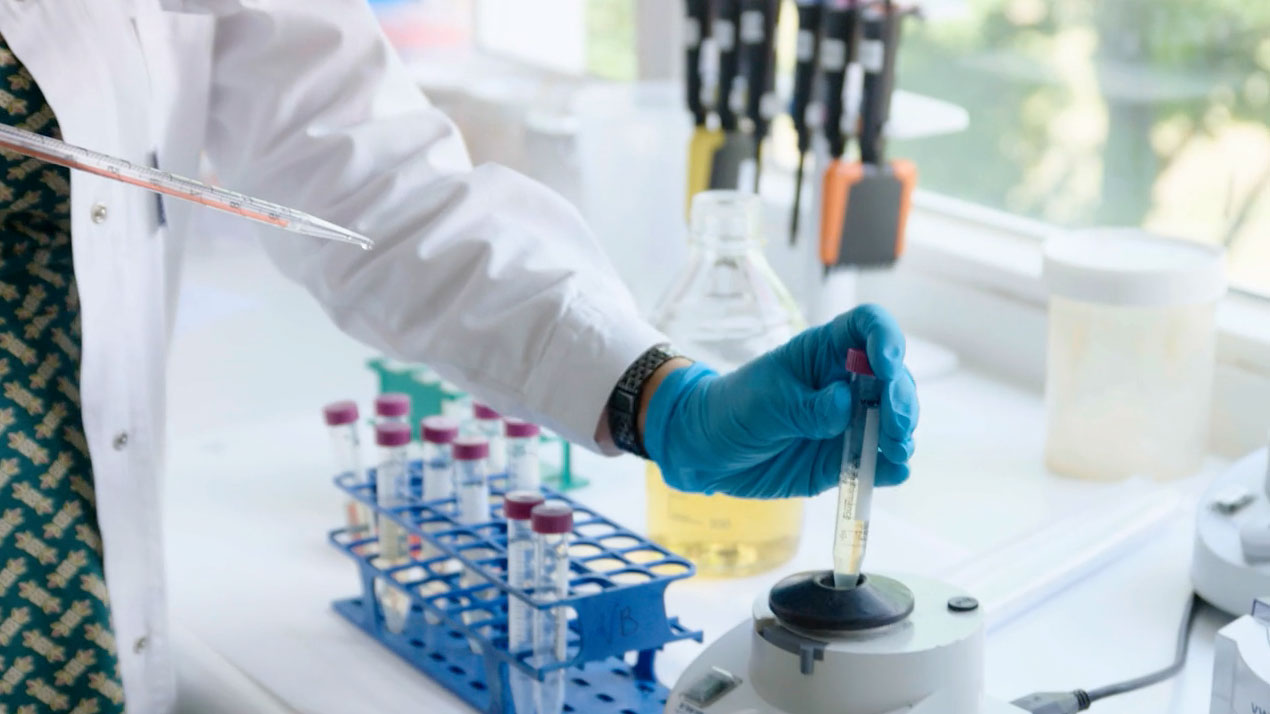


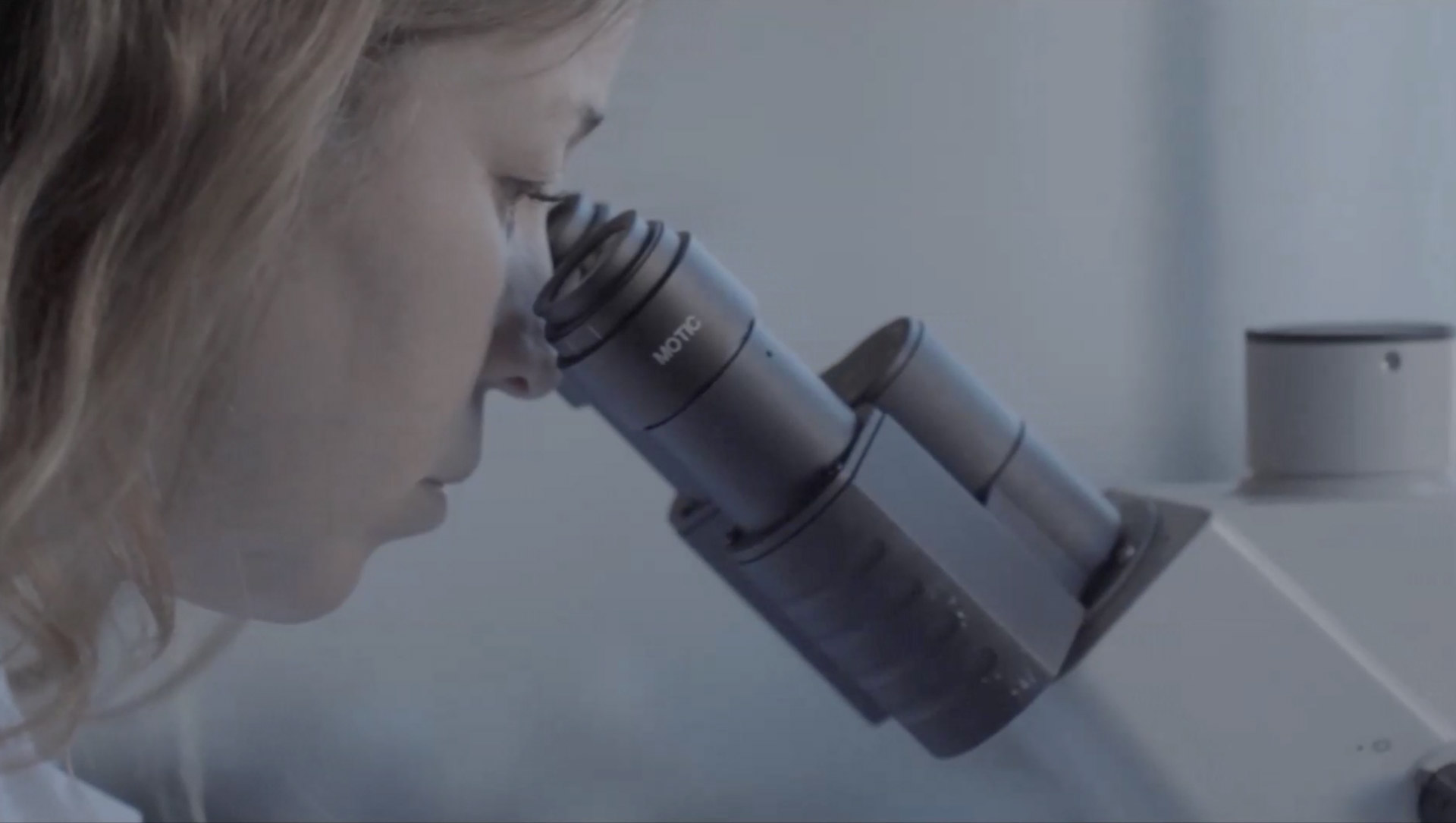
nye idéer (DOFIer)
milliarder kroner i samlet verdi
på
porteføljeselskaper
nye lisensavtaler
nye patentsøknader
nye kliniske studier
pågående kliniske studier
nye selskaper etablert
millioner kroner til ny forskning
millioner kroner innhentet
i privat kapital
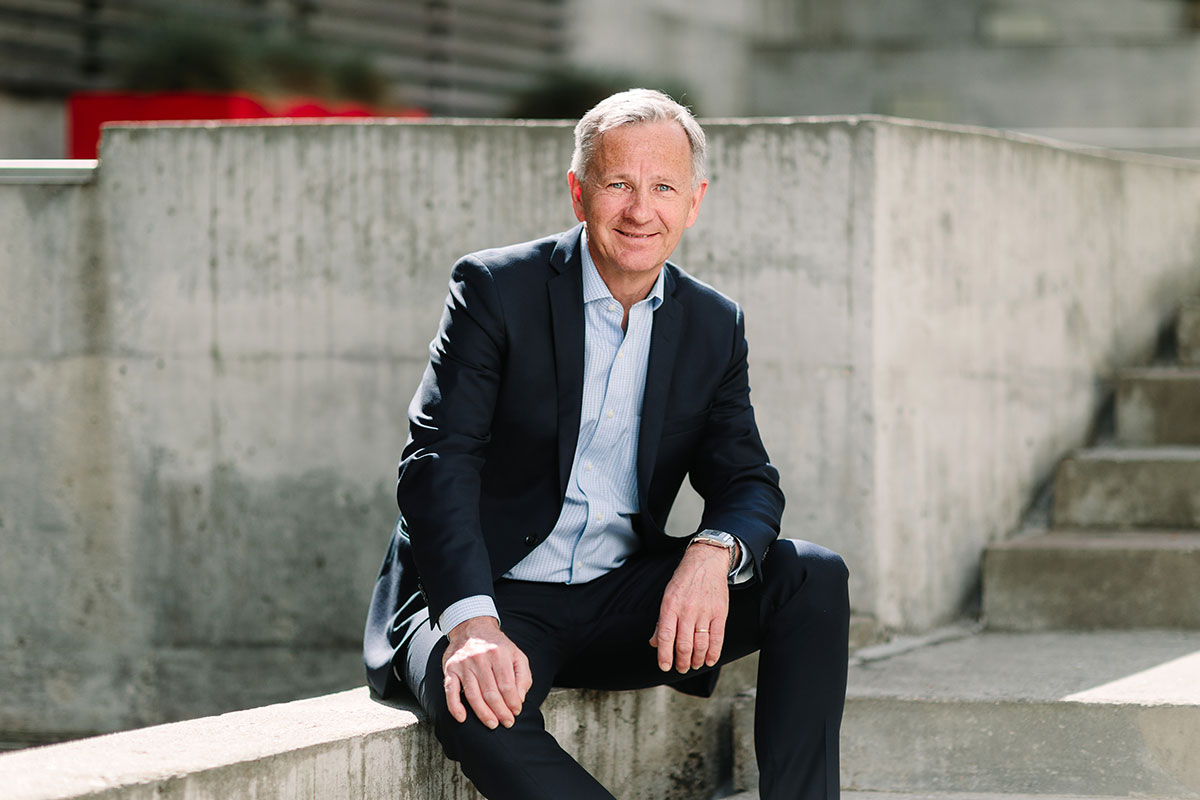
Året 2020 var Covid19-året. Det var også jubileumsåret til Inven2. Og – det var året det ble skapt store verdier fra forskningen ved Universitetet i Oslo, Oslo Universitetssykehus og de andre helseforetakene i Helse Sør-Øst.
Les mer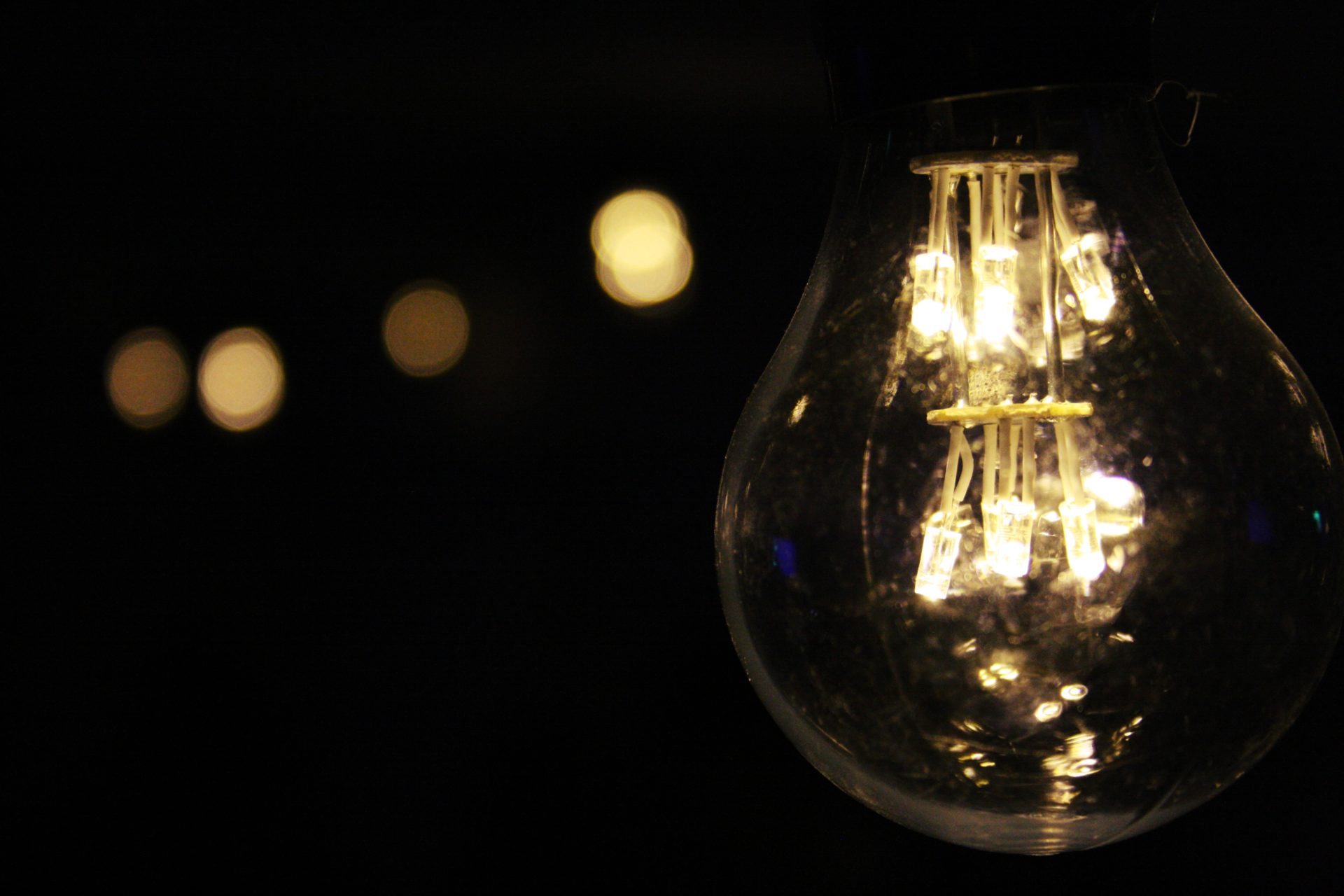
– hvordan ta forskning til markedet?
Inven2 sitt kjerneområde er å ta resultatene fra forskning til et produkt eller en tjeneste i et marked. Det gjøres gjennom en verdikjede som starter med idéspeiding og markedsføring av Inven2 sine tjenester rettet mot forskere ved både Universitetet i Oslo sykehusene i Helse Sør-Øst.
Les mer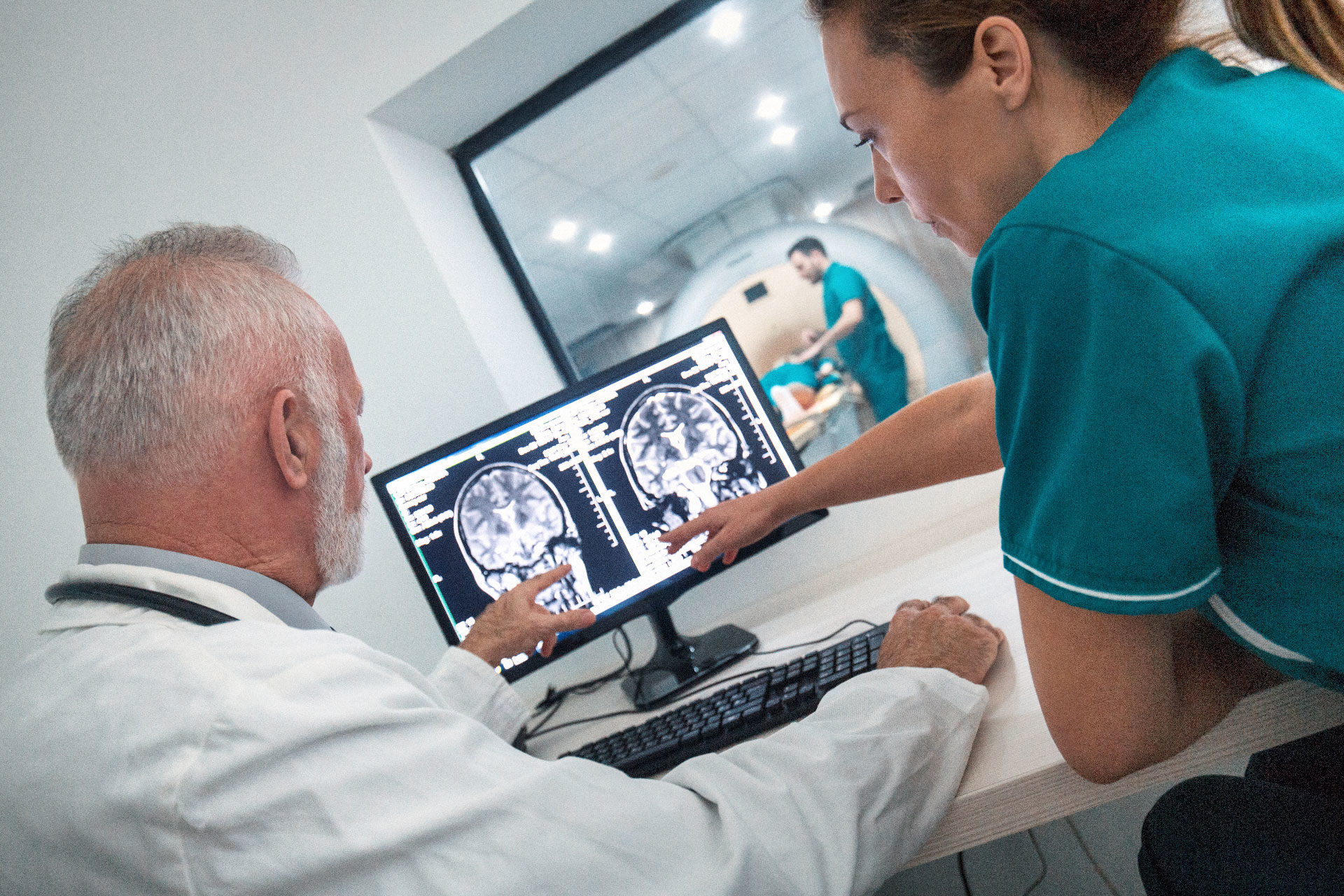
Kliniske studier er utprøving av nye medisiner og medisinsk utstyr for behandling på mennesker. Studier kan gjøres på både friske frivillige og pasienter. Kliniske studier gir helsepersonell viktig erfaring med nye legemidler og behandlingsmetodikk, forskningserfaring, samt internasjonalt nettverk.
Les merInven2 hadde 10-års jubileum i 2020. I løpet av disse 10 årene har Inven2 etablert 55 selskaper og verdiskapingen på vår portefølje har vokst fra under en halv milliard i 2010 til 17 milliarder i august 2020. Viktigere enn milliardene i verdi er at selskapene har bidratt til å etablere arbeidsplasser og samfunnsnyttige produkter som konkurrerer på det globale markedet.
Her kan du lese intervju med administrerende direktør Ole Kristian Hjelstuen og intervjuer med suksessfulle forskere og klinikere som alle har bidratt til banebrytende innovasjoner av stor samfunnsnytte.
Inven2 er et av Norges største teknologioverføringskontor (TTO) og mandatet vårt er å kommersialisere forskning på vegne av våre eiere Universitetet i Oslo, Oslo universitetssykehus og Helse Sør-Øst.
Styret vårt har bred innsikt innen ulike forskningsområder, kommersialisering, innovasjon, start-ups og kunnskapsintensivt næringsliv.
I 2020 skjedde en rekke utskiftinger i styret, og fire nye styremedlemmer
tiltrådte;
Idar Kreutzer, administrerende direktør i Finans Norge, Alexander Woxen,
partner i Norselab Ventures, Tom Pike, engasjert i ulike styrer og andre engasjement knyttet
til helsenæring og Jan Frich, viseadministrerende direktør i Helse Sør-Øst.
I 2020 ble også ny ansattrepresentant til styret valgt inn, og dette er Lise Rødsten som er Technology Strategy & Collaboration Manager i Inven2
Styret ledes av Åse Aulie Michelet.
Les mer Les merVi gjør en forskjell ved å omgjøre forskning og kunnskap til samfunnsnyttige produkter og tjenester.

Forskning og kunnskap er nøkkelen til å løse globale samfunnsutfordringer innen helse, klima og miljø. Dyktige forskere og klinikere fra halve Norge melder inn idéer og oppdagelser til oss. Vi utvikler og forvalter idéene, og går videre med idéer vi kan omgjøre til samfunnsnyttige produkter og tjenester.
Vi har startet bedrifter som utvikler bedre kreftbehandling, bekjemper antibiotikaresistens og identifiserer sikkerhetsbrister i komplekse IT-systemer. To tredjedeler av våre bedrifter og lisenser er innen livsvitenskap, da vårt økosystem er spesielt sterkt innen dette fagfeltet.
En annen viktig oppgave vi har, er å forvalte avtaler om kliniske studier på vegne av sykehusene i vår region. Vi jobber for at flere nasjonale og internasjonale selskaper skal legge sine kliniske studier til Norge. Slik kan mer nyskapende behandling komme flere pasienter i Norge til gode.
Inven2 er et aksjeselskap eid av Universitetet i Oslo og Oslo universitetssykehus. Selskapet har 32 ansatte.
Inven2 har en portefølje bestående av 53 selskaper. I 2020 ble 7 nye etablert. Samlet har selskapene en verdi på 30 milliarder kroner. Verdiøkningen på porteføljen i 2020 var på hele 138 prosent, som blant annet skyldes verdiøkningen til Vaccibody ASA (357 %) og Ultimovacs ASA (134 %).
Selskapene hentet totalt 864 millioner kroner i egenkapital for å utvikle seg videre i 2020. Samtidig ble 178 millioner kroner tilbakeført til oppfinnere og til forskning ved institusjonene.
Inven2 ønsker å gjøre en forskjell ved å omgjøre forskning og kunnskap til samfunnsnyttige produkter og tjenester. Siden oppstart har vi bidratt til at mange produkter og tjenester har kommet samfunnet til gode. Her er et utvalg av dem.
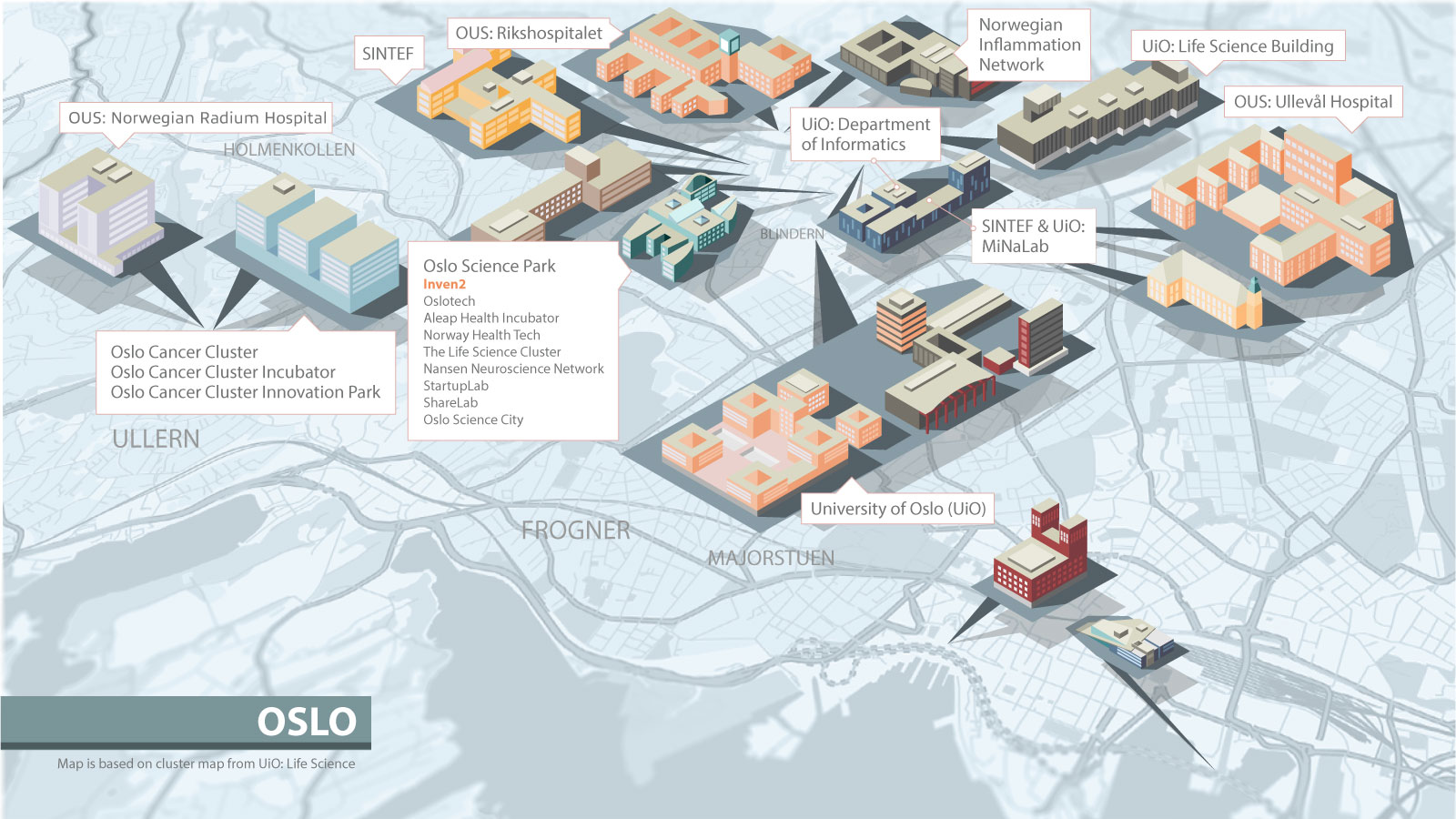
Inven2 er en del av et vitalt og stadig større økosystem innen forskning og utvikling. Bare i nærområdet til Inven2s lokaler i Forskningsparken finnes en rekke klynger og inkubatorer, samt Universitetet i Oslo og Oslo universitetssykehus.
Les mer
* Gått av med pensjon. Ny VP Innovation er Halvard Grønlien som starter 1.2.2021.